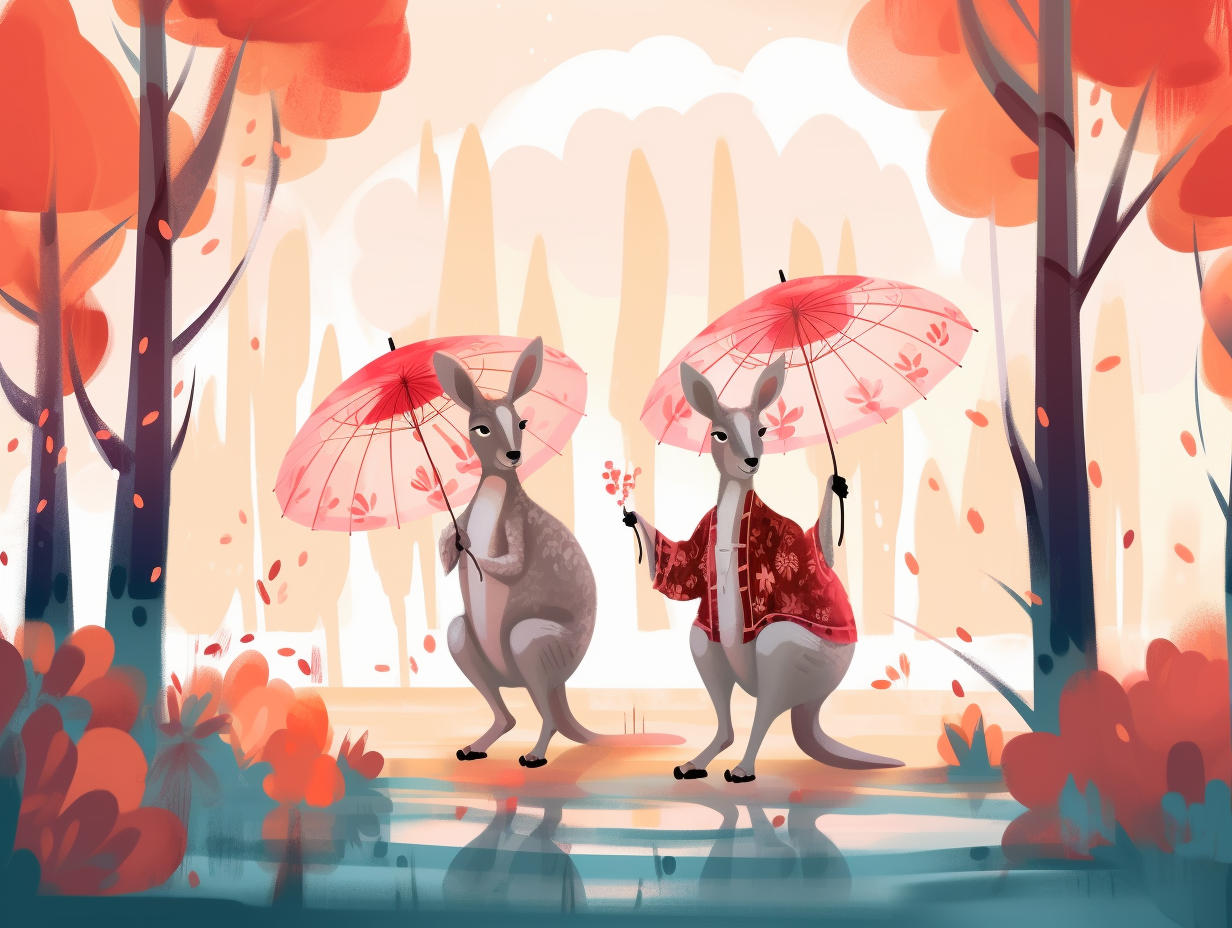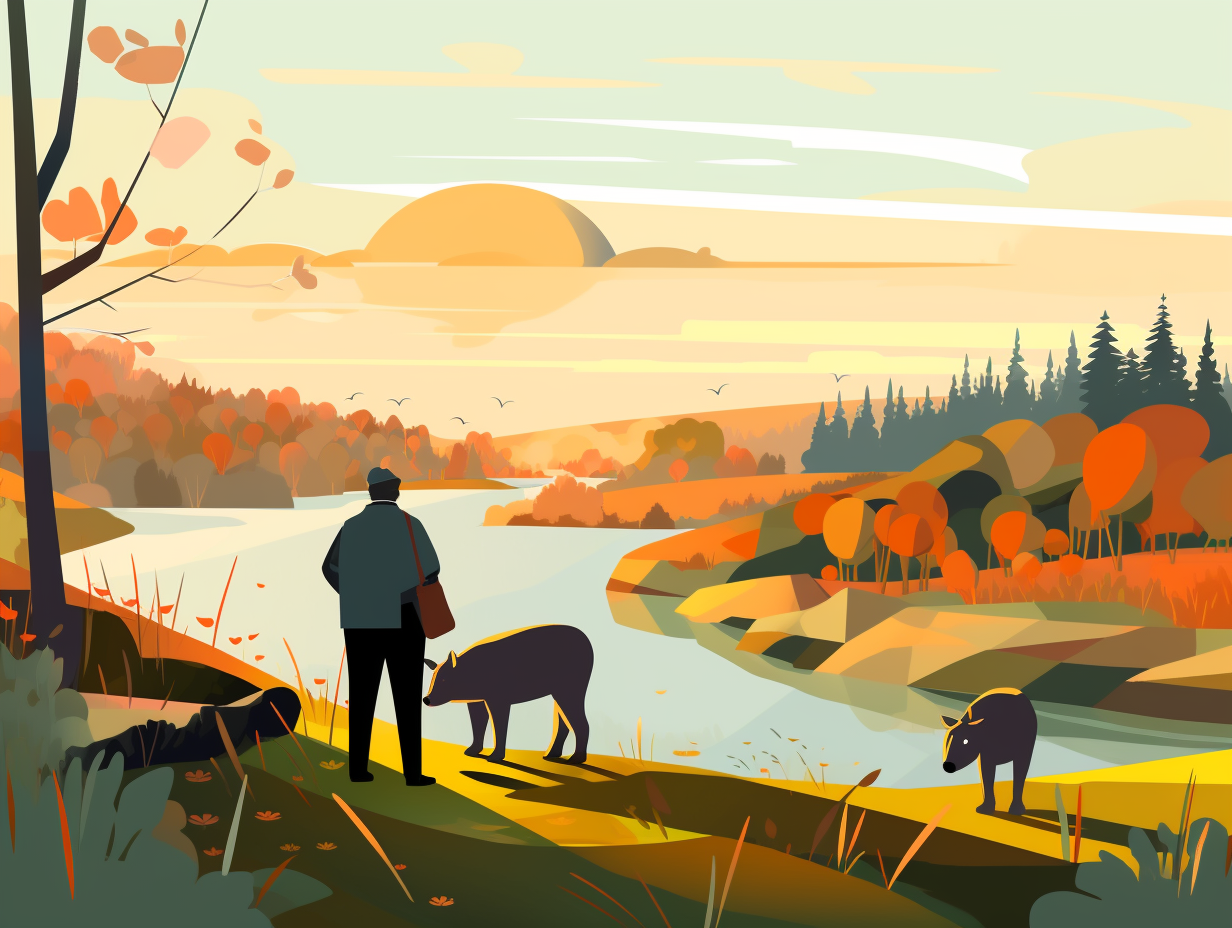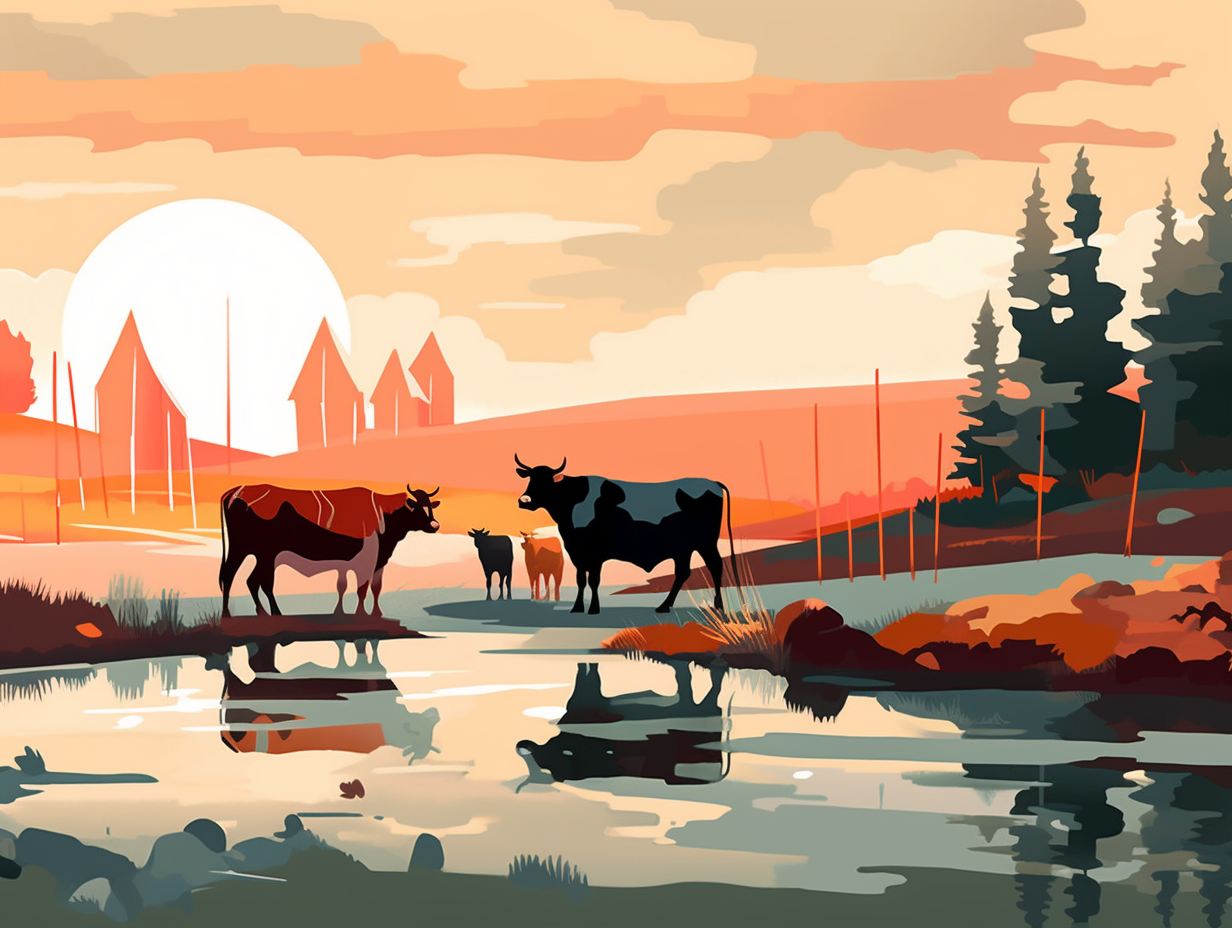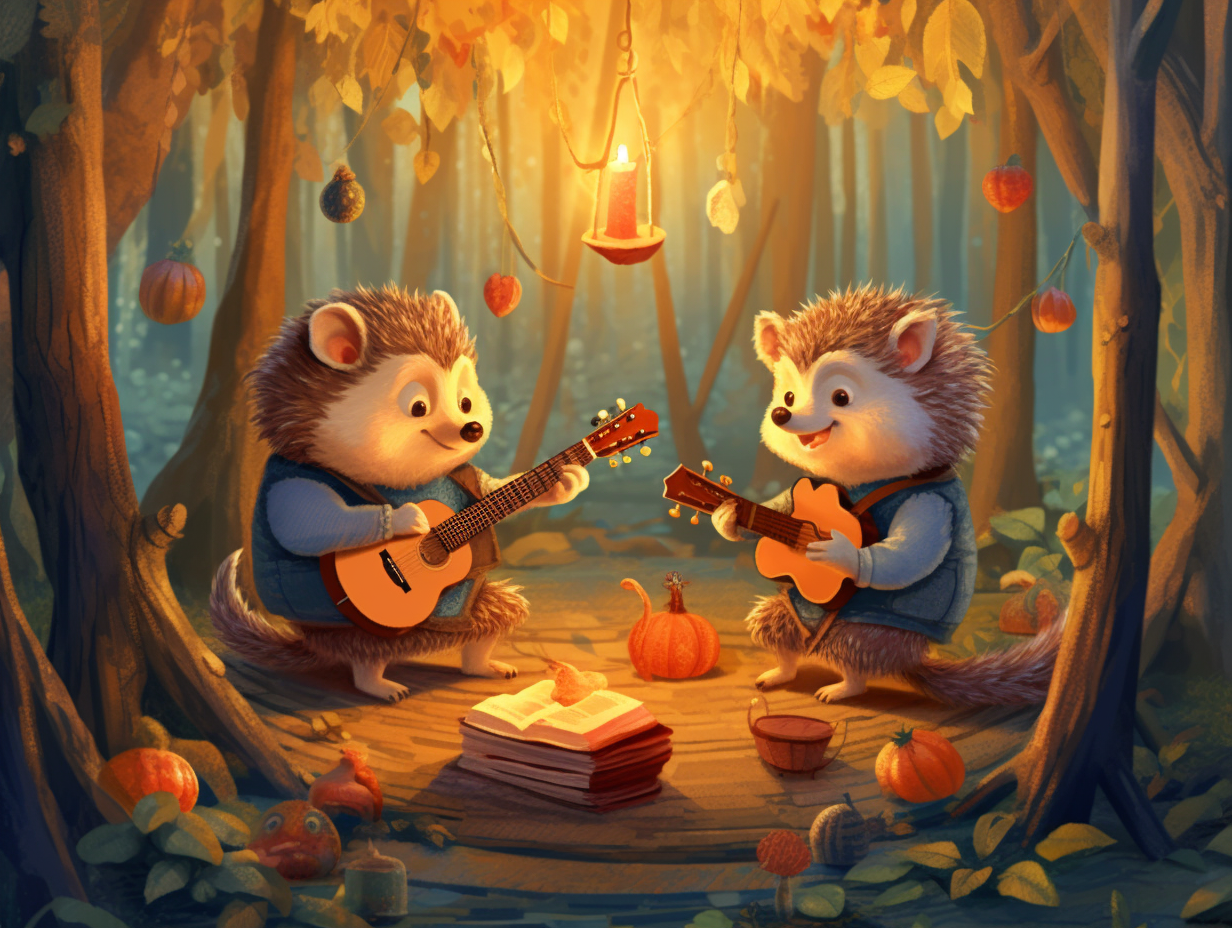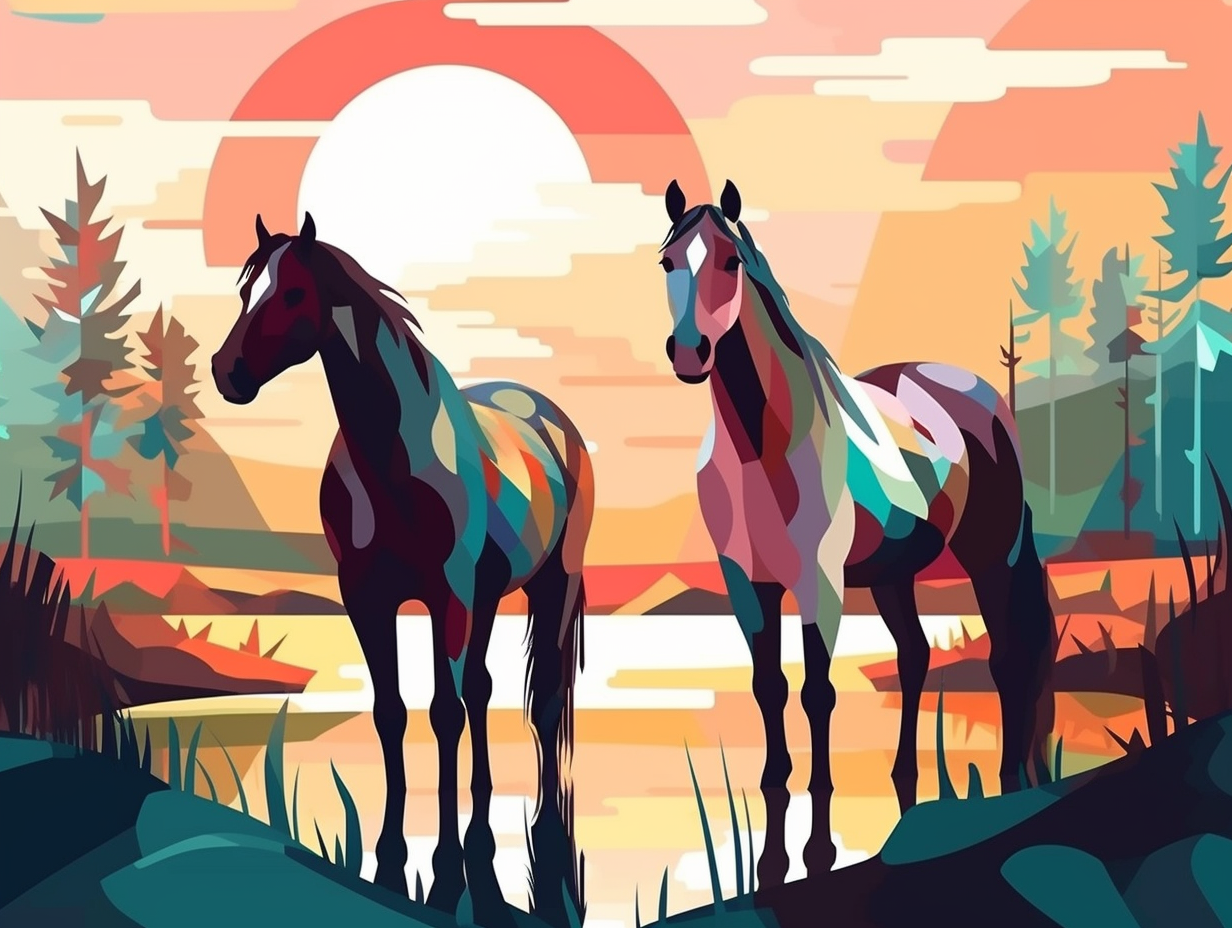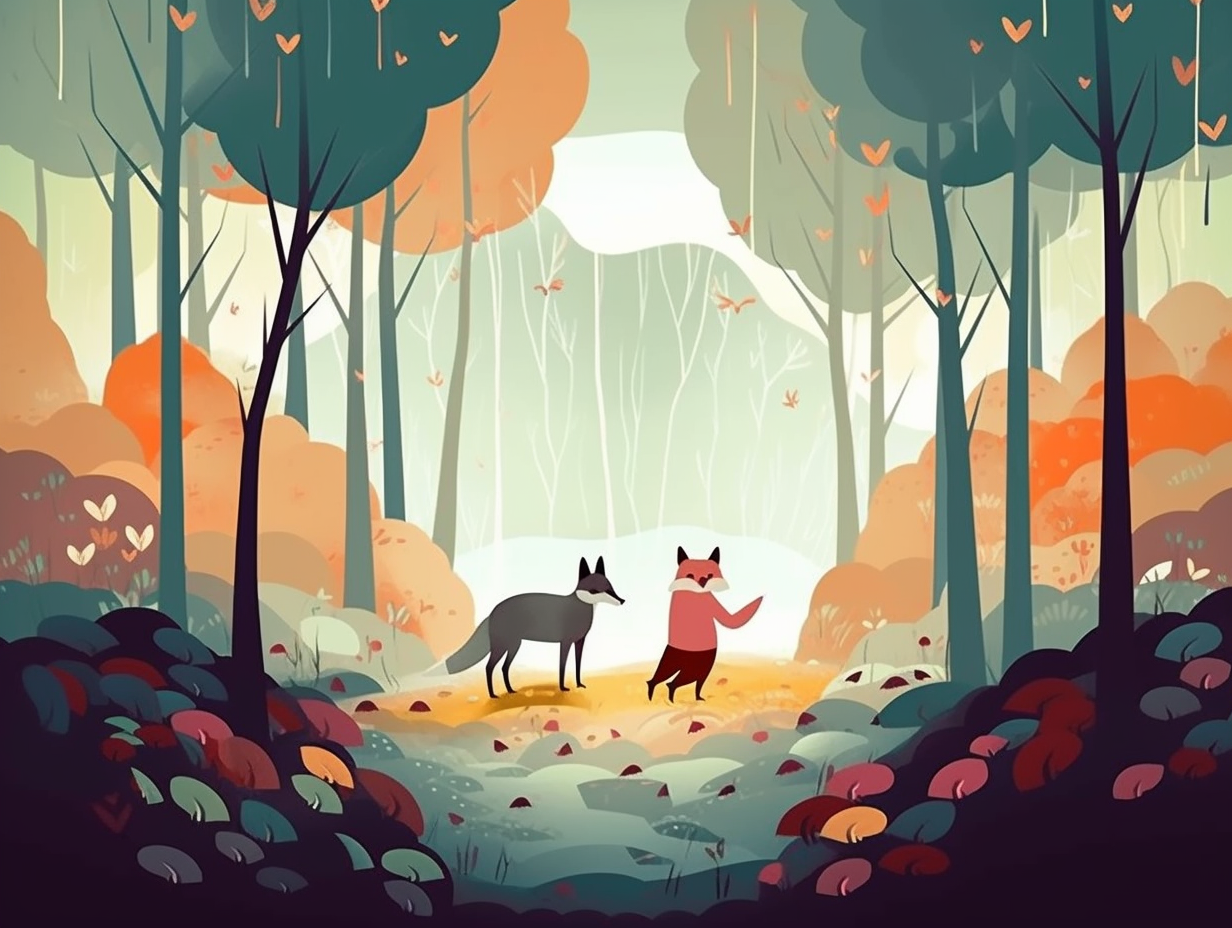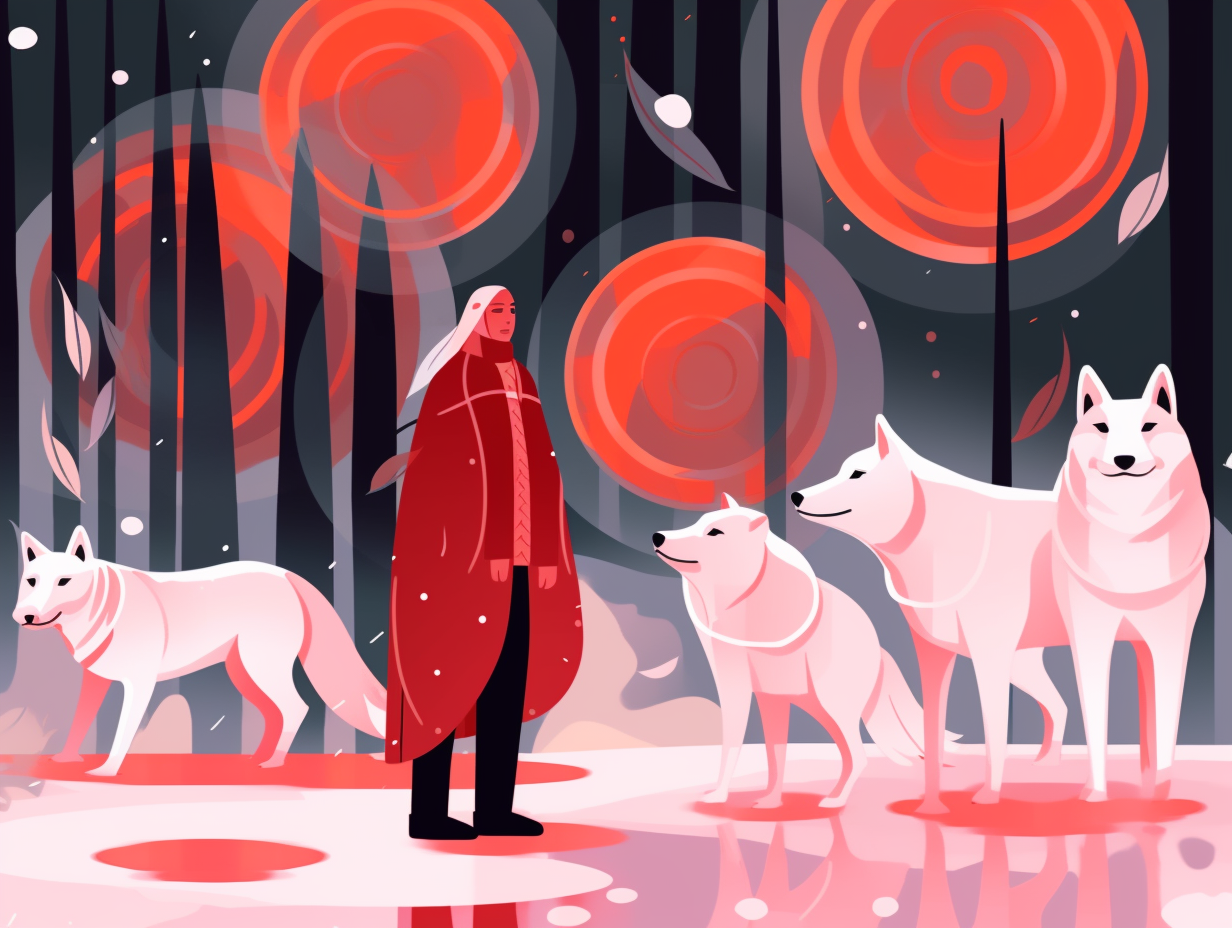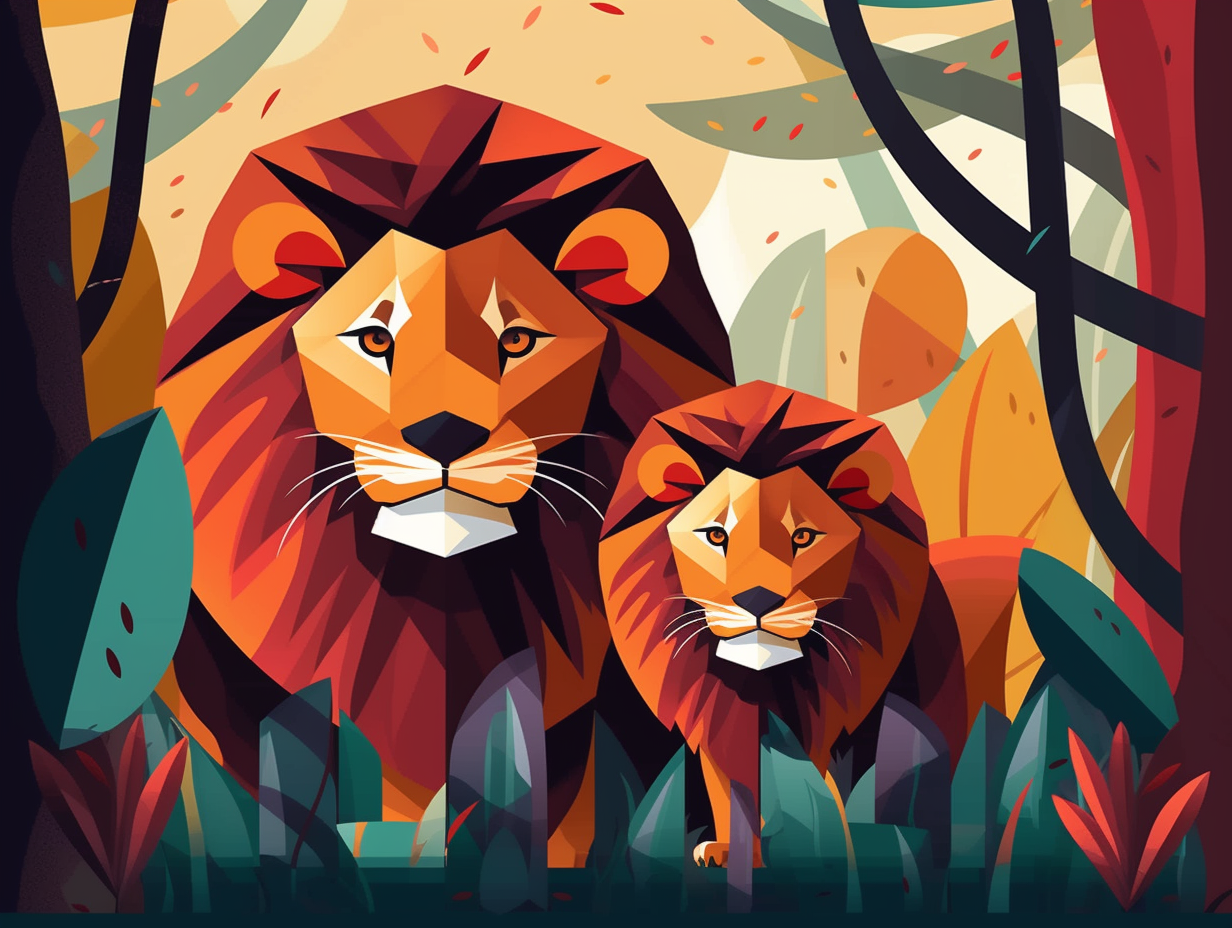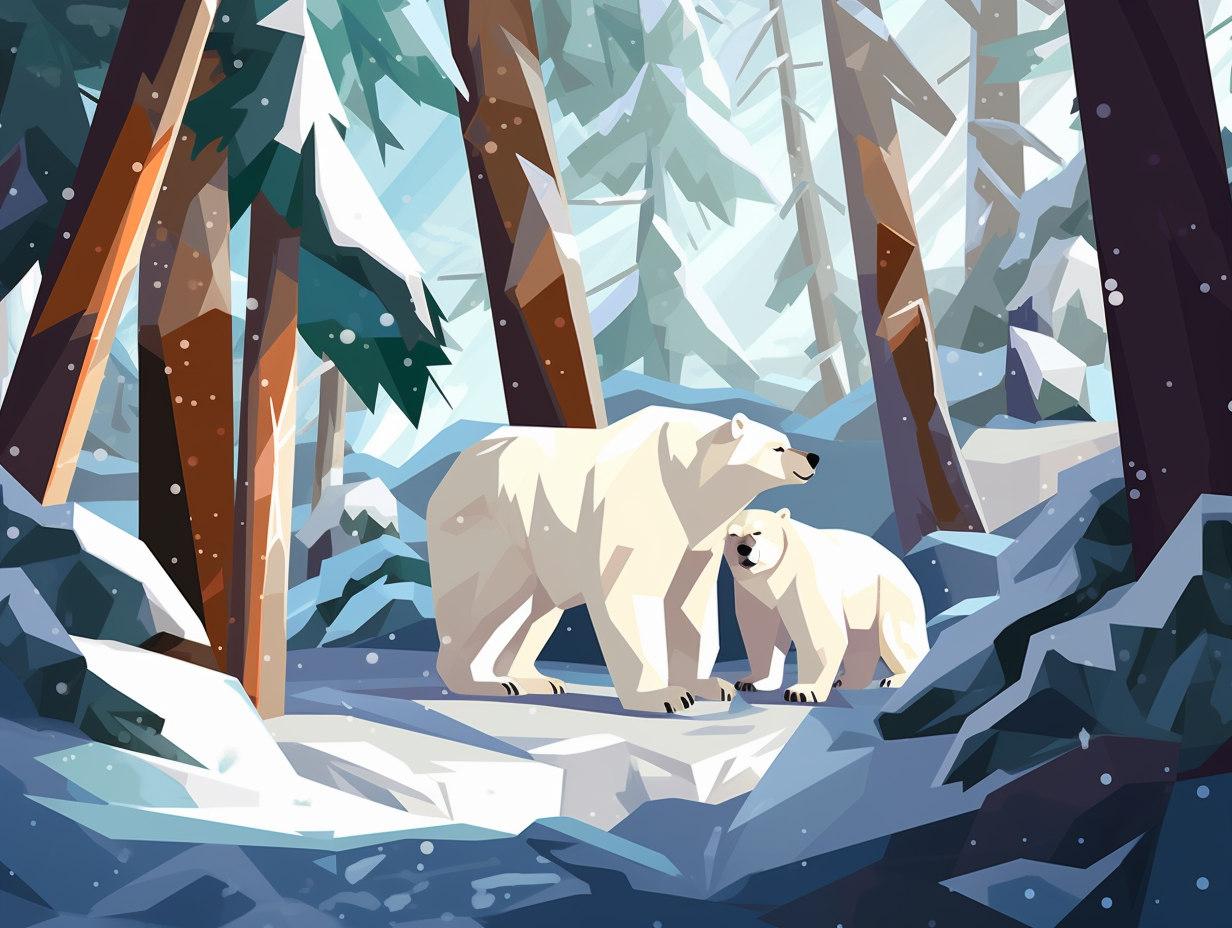Unleash the Fun: 13 Pawsome Facts About Blue Heelers You Need to Know!

1. Sherlock's Canine Sidekick
If Sherlock Holmes had a canine sidekick solving bovine "moo-steries," it would undoubtedly be the Blue Heeler: Originally bred as cattle herding dogs, their exceptional problem-solving abilities stem from their natural intelligence and resourcefulness, allowing them to easily adapt to different environments and making them versatile working dogs and devoted companions.
Source => juniperpets.com
2. Blue Heelers in the Beef Industry
Thought they were just in it for the kicks? Australian Cattle Dogs have the beef industry at their heels: Blue Heelers, as they're affectionately called, utilize their remarkable herding skills to move and control livestock in the land down under.
Source => akc.org

Did you know Bloodhounds can be crime-solving detectives with an incredible sense of smell? Discover how these dogs aid law enforcement with their unique talents! 🐾🕵️♂️
=> Fun Facts about Dogs
3. Cattle Comedians
Blue Heelers: the professional cattle comedians who know just how to tickle those stubborn bovine funny bones and keep them moo-ving with a well-timed heel bite. Seriously though: these intelligent and loyal dogs were specifically bred for their herding instincts and ability to control cattle with precision, making them ideal working dogs for farms and cattle stations.
Source => pethelpful.com
4. Red vs. Blue Fashion Trend
Ever played the game Red vs. Blue? Well, Australian Cattle Dogs decided to make it a fashion trend: These vibrant canines come in red and blue, with their coats either speckled or mottled. The red hue is a rich, dark red with occasional white hairs giving it a roan appearance, while the blue coat is sprinkled with black and white hairs, producing shades from silver-blue to deep blue. All four styles – red speckled, red mottled, blue speckled, and blue mottled – are recognized by the American Kennel Club!
Source => pethelpful.com
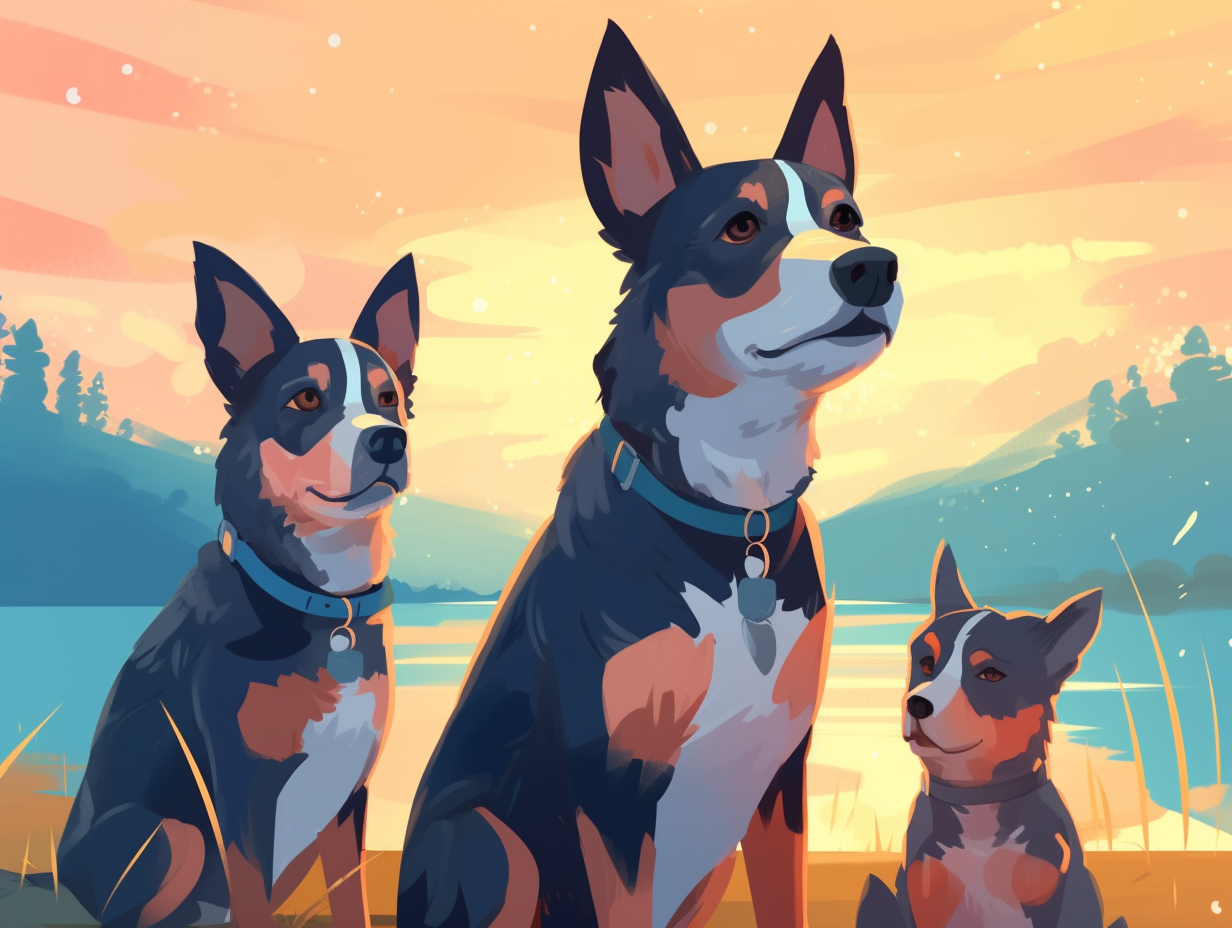
5. Working Like a Dog
Whoever said "working like a dog" meant Blue Heelers! These bouncy brainiacs are the Einsteins of the canine world, and they definitely didn't come from the shallow end of the gene pool. Are they trying to herd cattle, or are they just really, really ambitious? We may never know: Blue Heelers are incredibly intelligent dogs, bred specifically for herding cattle, and require both physical activity and mental stimulation to stay happy and healthy. A routine of daily walks and 1-2 hours of purposeful activity is essential for these eager-heeling workaholics.
Source => barkercise.com
6. Treadmill-Powered Pups
You need only to give a Blue Heeler a treadmill to power an entire city block, and I'm hardly pulling your leg, mate: These tireless Aussies require one to two hours of moderate to intense exercise daily, making them ideal running partners for active families or ambitious marathoners seeking canine companionship.
Source => heelerinfo.com
7. Hollywood Marriage Lifespan
These tireless canine party animals live longer than a few Hollywood marriages: Blue Heelers, also known as Australian Cattle Dogs, have an impressive lifespan of 13-15 years when they're treated to a healthy diet, regular exercise, and frequent visits to their favorite vet.
Source => a-z-animals.com
8. Bouncers of the Bovine World
Blue Heelers, the bouncers of the bovine world, have a "moo-ve it or lose it" attitude when it comes to herding cattle: These Australian Cattle Dogs, first bred in the 1840s, are known for nipping at the heels of cattle to get them moving, exhibiting a unique combo of endurance, determination, and intelligence. Coming in two coat colors, blue and red, their hair—speckled or mottled—tends to camouflage the pups, making them "invisible" to the unwitting cows they corral. Now that’s some udderly amazing stealth!
Source => pethelpful.com
9. Marie Kondo of Canines
Meet the Marie Kondo of canines, the possessor of impeccable organization skills, and the master of herding - it's none other than the Blue Heeler: With a natural knack for tidying, these clever pups can actually learn to gather their toys and store them neatly in a designated container. Thanks to positive reinforcement training techniques, this amusing activity keeps their mind sharp and quenches their herding instincts.
Source => wagwalking.com

10. Cat-astrophe or Meow-velous Mates?
A "cat-astrophe" in the making or meow-velous mates? You never can tell when a Blue Heeler is around: Despite their strong chase instinct from their herding past, with proper training and socialization, Blue Heelers can actually coexist peacefully with cats - just be mindful of their history and monitor any sheepish playtime events.
Source => heelerinfo.com
11. Not Quite "The Voice" Canine Edition
While Blue Heelers may not have the vocal prowess to audition for "The Voice: Canine Edition," or even serenade you with a doggie ballad, their verbal offerings remain quite endearing: They do express themselves through barks, whines, and howls, but these vocalizations aren't significantly distinct from other dog breeds.
Source => heelerinfo.com
12. Cowboy Bebop Competitors
Move over, Cowboy Bebop: Blue Heelers, the cattle-controlling connoisseurs, have entered the arena! These spunky Australian Cattle Dogs may not have a vendetta against vermin, but their herding heroics are legendary: Proficient in sheep-wrangling and cattle-mustering, Blue Heelers focus all their laser-like doggy expertise on the big game, leaving rodents to get off scot-free.
Source => akc.org
13. Old Dog, New Tricks (and Rankings)
Whoever said "you can't teach an old dog new tricks" clearly never met a Blue Heeler! These sharp canine Einsteins will have you feeling like you're chatting with a fur-covered version of Sherlock Holmes: Blue Heelers rank 10th in the world for obedience and working intelligence, boasting a 95% or higher success rate when obeying known commands on the first try and learning new commands with fewer repetitions.
Source => thesmartcanine.com
Related Fun Facts

